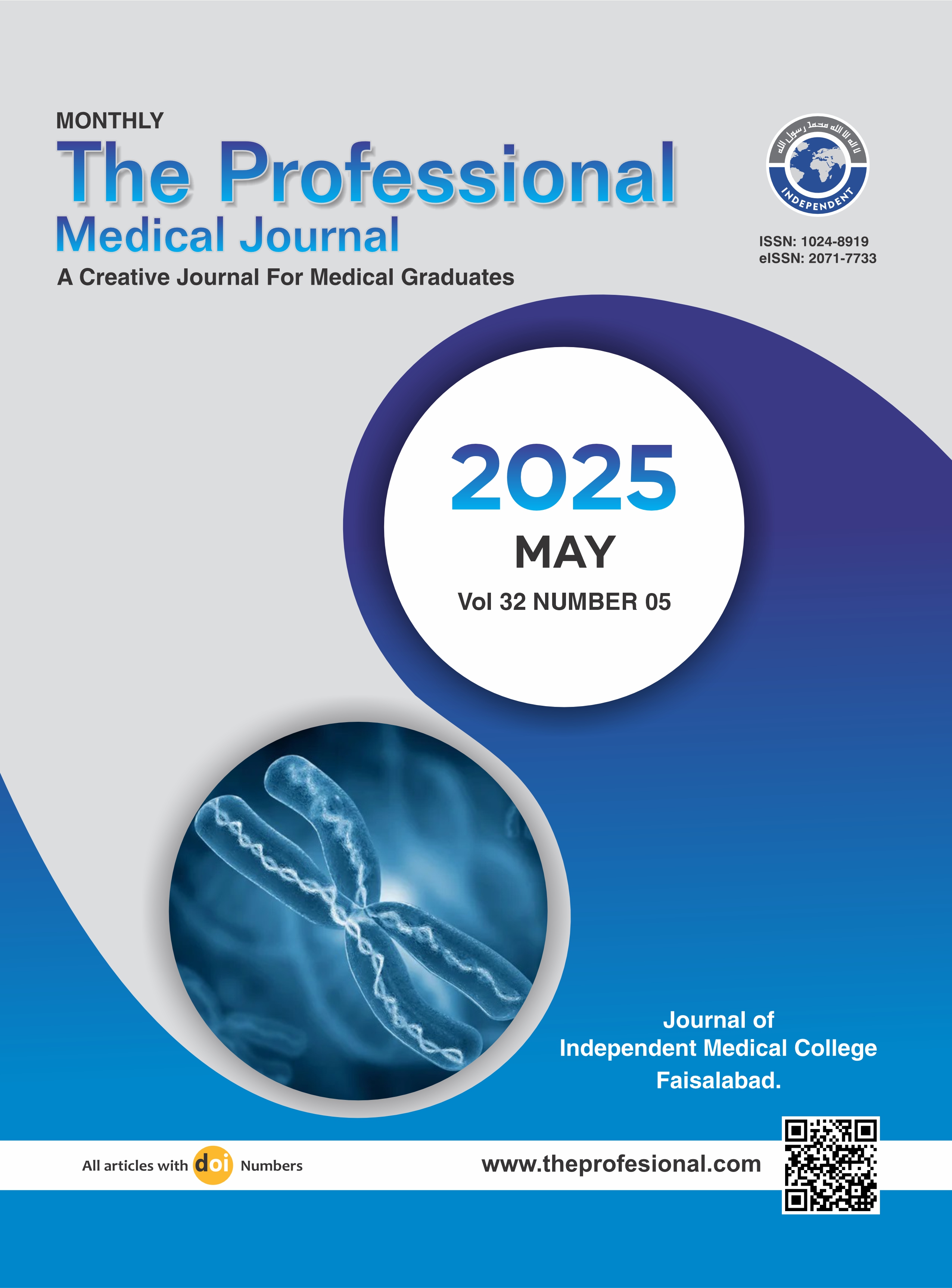Large bore ultrasound guided vascular access: Single tertiary center experience.
DOI:
https://doi.org/10.29309/TPMJ/2025.32.05.8832Keywords:
Coarctation of Aorta, Transcatheter Aortic Valve Replacement, UltrasoundAbstract
Objective: To share our ultrasound guided experience and demonstrate the need for implementation of ultrasound guided access in interventional cardiology and structural heart disease training programs in Pakistan. Design: Non-randomized, Cross Sectional Observational study. Setting: The study was conducted at Peshawar Institute of Cardiology. Period: January 2022 to June 2024. Methods: We conducted a retrospective study about the patients who underwent ultrasound guided vascular access for cardiac intervention from January 2022 to June 2024 at our center, Peshawar Institute of Cardiology, Pakistan. We categorized the patients on the basis of size / French of the delivery sheath. Patients who had a delivery sheath size of more than 6 French were classified as large bore access. Results: A total number of 89 patients underwent cannulation for various cardiac procedures, all had large bore access sheaths / devices. All had ultrasound guidance used for access site puncture. Forty-eight patients underwent transcatheter aortic valve replacement with 14F or 16F equivalent sheaths, one underwent balloon aortic valvuloplasty for severe aortic stenosis with 8F sheath and 40 patients underwent coarctation of aorta stenting with 14F sheaths. Conclusion: This study demonstrates the safety and efficacy of using of ultrasound for vascular access at a local center for percutaneous cardiovascular procedures requiring large bore arterial access.
Downloads
Published
Issue
Section
License
Copyright (c) 2025 The Professional Medical Journal

This work is licensed under a Creative Commons Attribution-NonCommercial 4.0 International License.


